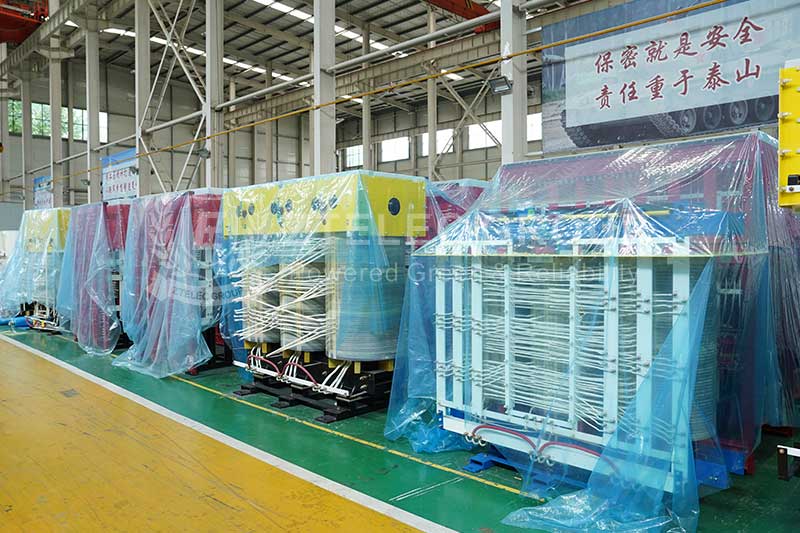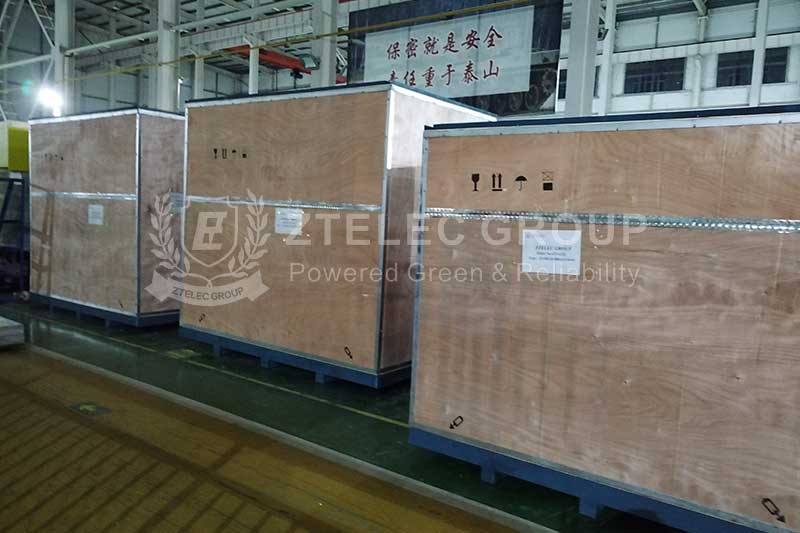- By ZTELEC GROUP
- 2016-12-02
In simple terms, a transformer is a device that uses alternating electromagnetic fields to realize the conversion of different voltage levels (in fact, the conversion of electric energy), and the voltage before and after the transformation does not change in frequency. It can be used for many purposes, such as power transformers, rectifier transformers, voltage regulators, isolation transformers, and CT, PT and so on. What we often encounter at the project site is the power three-phase isolation transformer.

Some major technical parameters related to transformers include:
- 1. Rated capacity: the rated output capacity of the transformer under rated working conditions (equal to U * I, kVA).
- 2. Rated voltage: no-load, rated demultiplexing, terminal voltage value (i. e. primary and two side voltage).
- 3. No load loss: no load, transformer loss (also known as iron consumption);
- 4. No load current: the current value of primary side coil flow under no load condition.
- 5. Short circuit loss: primary side rated current, loss caused by two short-circuit (mainly produced by coil resistance).
The concept of dividing (tapped): for the needs of the power grid operation, the three-phase AC voltage regulator has a tap on the high voltage side of the transformer, and the voltage value of the three-phase AC power supply is expressed as a percentage of the rated voltage, that is, the so-called split voltage. For example, the high voltage 10kV transformer has a + 5% tap, which means that the transformer can run at three voltage levels: 10.5kV (+5%), 10kV (rating), and 9.5kV (-5%). In general, there are more tap points (tap points) for on load tap changer, such as 7 point contacts (+ 3 x 2.5%) and 9 point contacts (+ 4 x 2%). Because of the inability to fully guarantee the synchronous switching of tap changers, on load tap changers are generally unable to operate in parallel.
- Tags:
- Transformer,Transformer price,Transformer factory













Leave A Comment